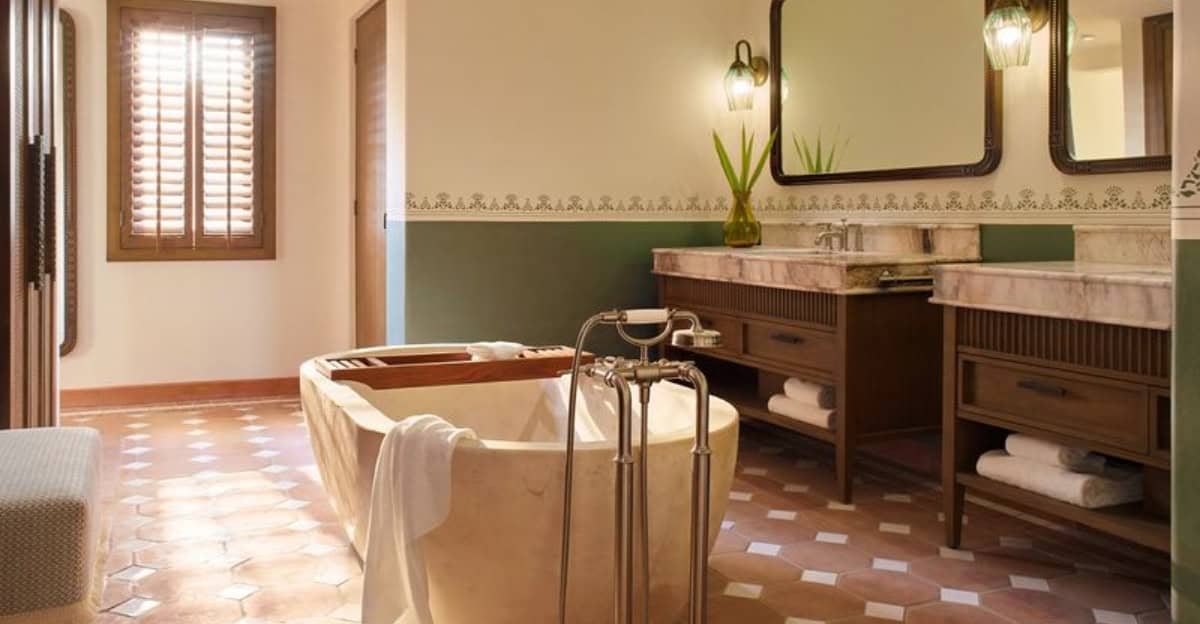Creating the perfect bathroom requires attention to detail, but many fall into common traps. Avoid these design blunders to ensure a functional and aesthetically pleasing space.
This article explores 10 critical errors that could undermine your bathroom’s potential. From lighting issues to poor layout choices, these missteps could lead to unwanted consequences.
Whether you’re renovating or starting from scratch, understanding these pitfalls is essential.
Keep reading to discover how to steer clear of these mistakes and create a bathroom that’s both beautiful and efficient.
1. Overlooking Lighting Needs
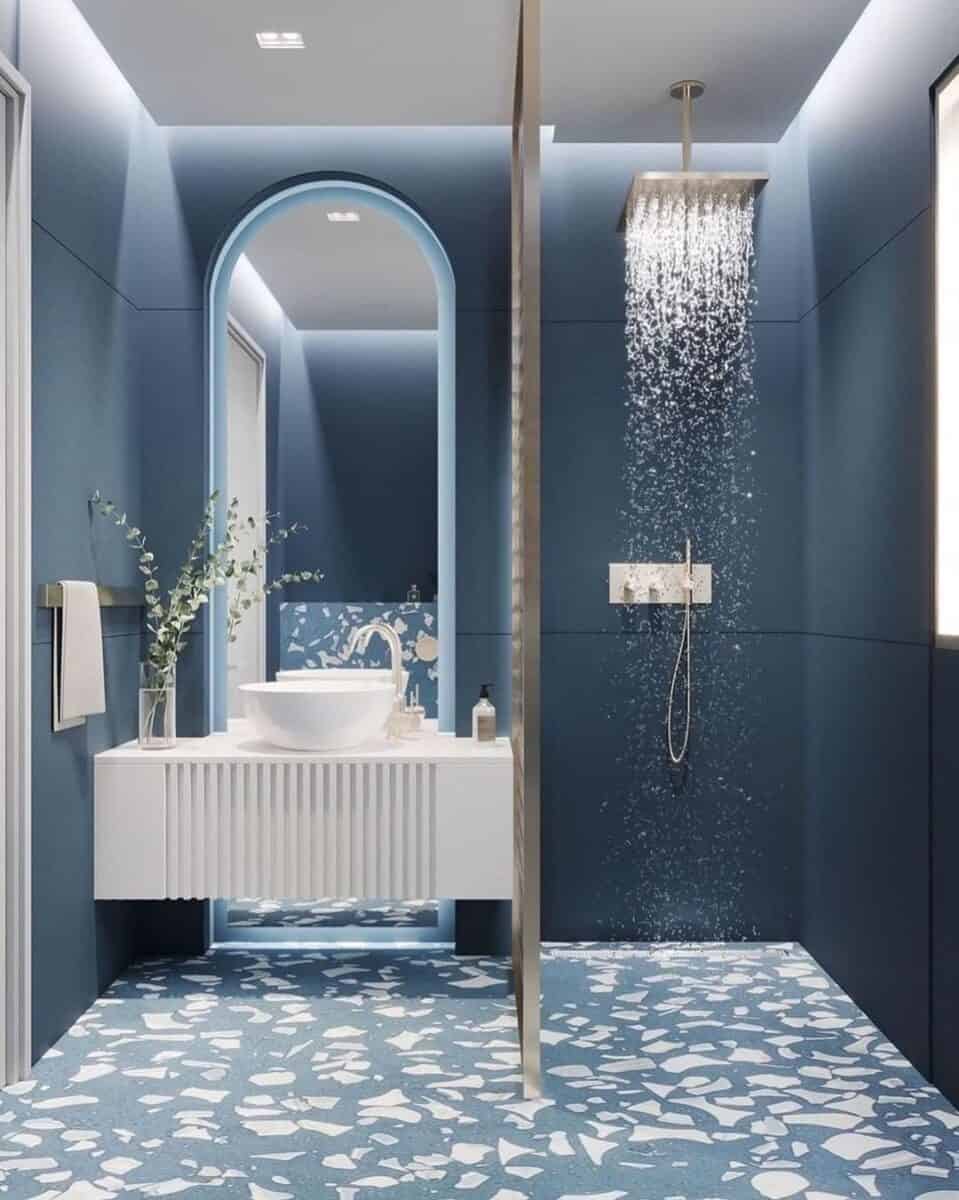
Lighting plays a crucial role in your bathroom’s functionality and ambiance. Many make the mistake of relying on a single overhead light, leading to shadows and inadequate brightness.
Consider adding layered lighting, such as sconces beside the mirror or pendant lights, to enhance visibility. Natural light should be maximized by using sheer window coverings.
Proper lighting not only improves visibility for tasks like shaving or applying makeup but also uplifts the bathroom’s atmosphere.
Ignoring lighting needs can result in a space that feels cramped and unwelcoming, detracting from your bathroom’s overall appeal.
2. Ignoring Ventilation Requirements
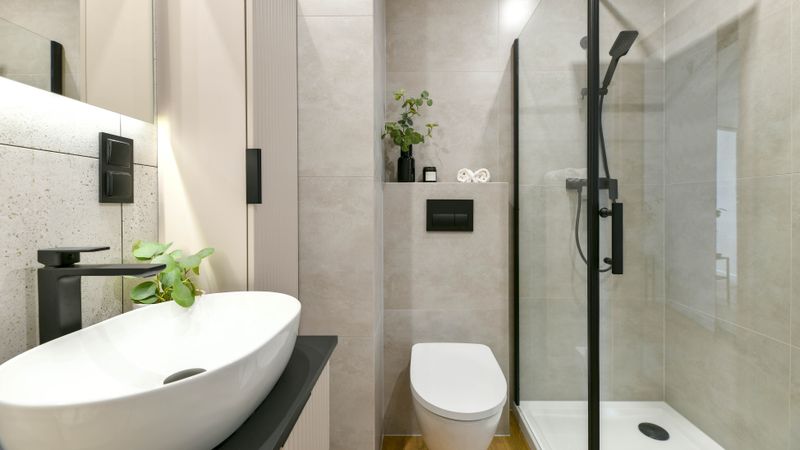
Neglecting proper ventilation can lead to significant problems in your bathroom. Without it, moisture builds up, causing mold and mildew.
Install an efficient exhaust fan to circulate air and remove humidity. A window can also provide natural ventilation, crucial in maintaining air quality.
Good ventilation prolongs the lifespan of your bathroom fixtures and finishes, preventing warping and peeling.
Overlooking this aspect could mean frequent repairs and unpleasant odors, making your bathroom less enjoyable. Address ventilation needs seriously to ensure a fresh and healthy environment.
3. Poor Space Planning
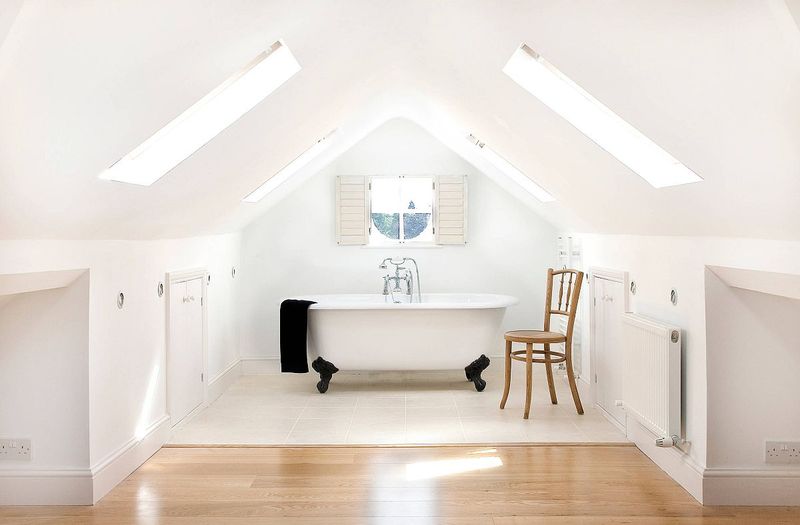
Space planning is essential for a functional bathroom. Crowded layouts may result in an uncomfortable and inefficient space.
Think about the flow and how you use the room daily. Ensure there is enough space to move comfortably between fixtures.
Consider storage needs and incorporate built-in solutions to keep surfaces clear. Avoid placing fixtures too close, which can lead to inconvenience and a cluttered appearance.
Proper planning prevents frustration and enhances your bathroom’s usability, making the most of whatever space is available.
4. Choosing the Wrong Materials
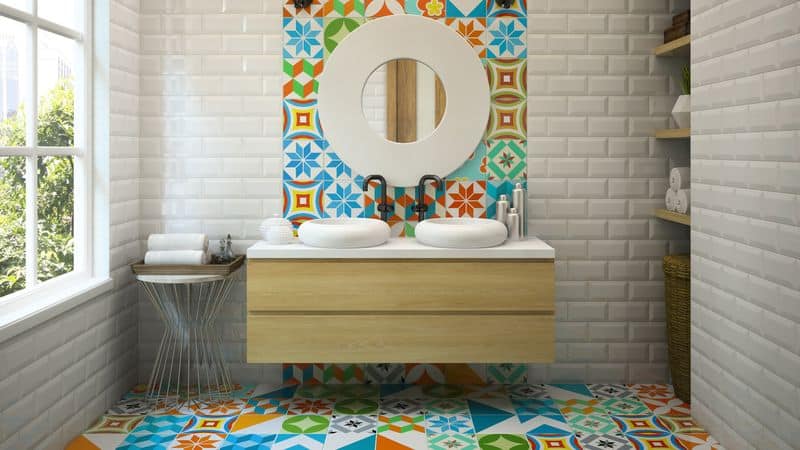
Materials in the bathroom must withstand moisture and frequent use. Selecting the wrong ones can lead to damage and costly replacements.
Opt for water-resistant surfaces like porcelain tiles and moisture-resistant paints. Avoid materials that warp or stain easily, such as untreated wood.
Pay attention to the durability and maintenance requirements of your choices. A well-considered selection not only enhances aesthetics but also ensures longevity
Skimping on quality may save initially, but it often results in more expenses and effort down the road. Choose wisely for a lasting finish.
5. Neglecting Storage Solutions
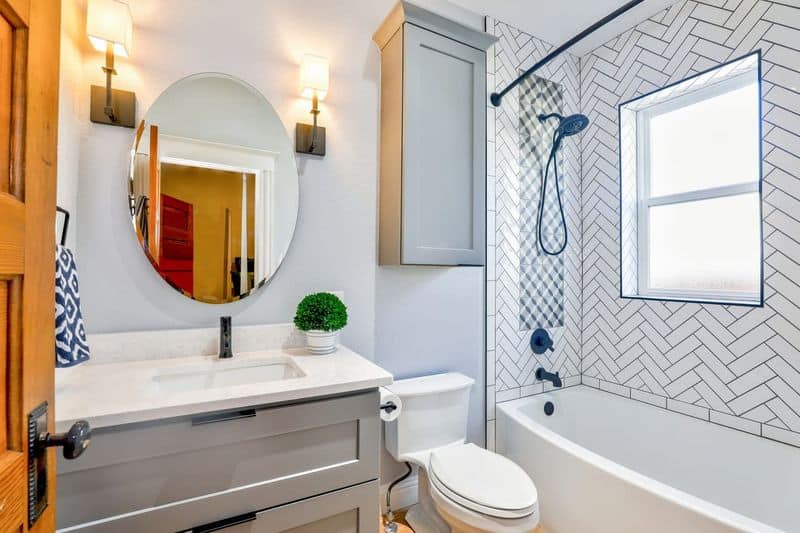
Storage is often underestimated in bathroom design, yet it’s vital for a tidy space. Lack of storage leads to clutter, making the bathroom feel chaotic.
Include cabinets, shelves, or niches to organize essentials and keep surfaces clean. Vertical storage can maximize space in smaller rooms.
Thoughtful organization enhances both functionality and aesthetics, making daily routines smoother. By planning proper storage solutions, you create a serene environment where everything has its place.
Avoid the clutter trap by ensuring ample, accessible storage is part of your design.
6. Forgetting About Accessibility
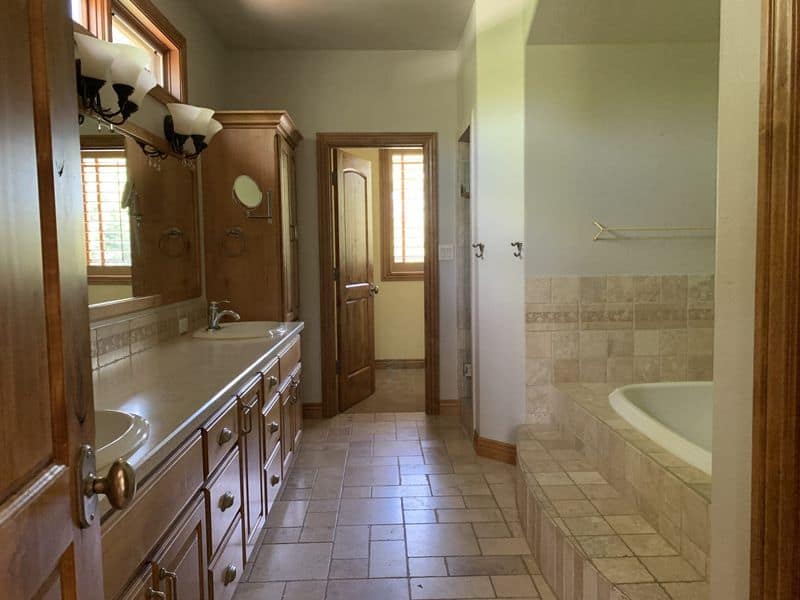
Designing a bathroom without considering accessibility can alienate users with mobility challenges. Features like wide doorways and lowered counters make a difference.
Incorporate grab bars and non-slip flooring to ensure safety for all, especially for elderly family members.
An accessible design doesn’t mean sacrificing style; modern options blend functionality with aesthetics.
Planning with accessibility in mind ensures the bathroom is usable for everyone, providing comfort and independence for all users.
Future-proof your space by anticipating varied needs, enhancing both convenience and appeal.
7. Overcomplicating the Design
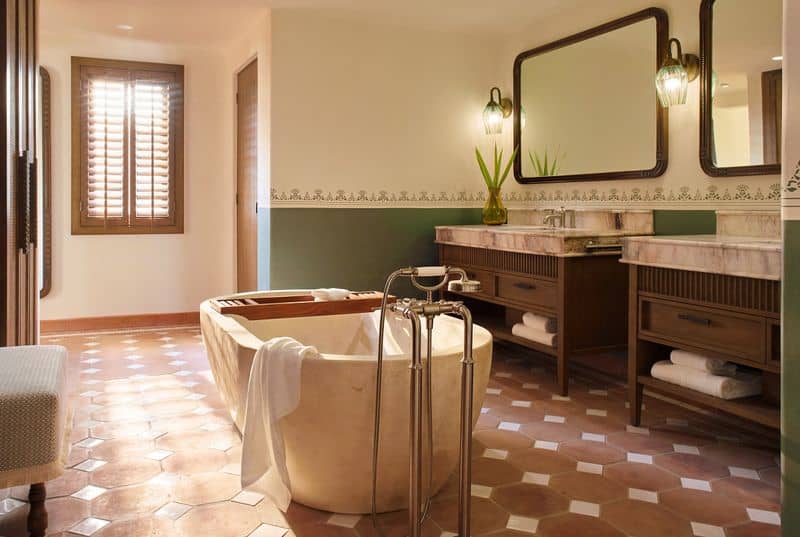
Overdesigning can lead to a bathroom that feels chaotic rather than tranquil. Too many patterns or colors may clash and overwhelm the senses.
Aim for a balanced design with cohesive elements that work together harmoniously. Simplicity often creates a more relaxing environment.
Less is often more when it comes to bathroom design. Allow materials, textures, and colors to complement each other rather than compete.
By streamlining your design, you ensure a space that feels both elegant and welcoming, providing a peaceful retreat from the daily rush.
8. Not Prioritizing Water Efficiency
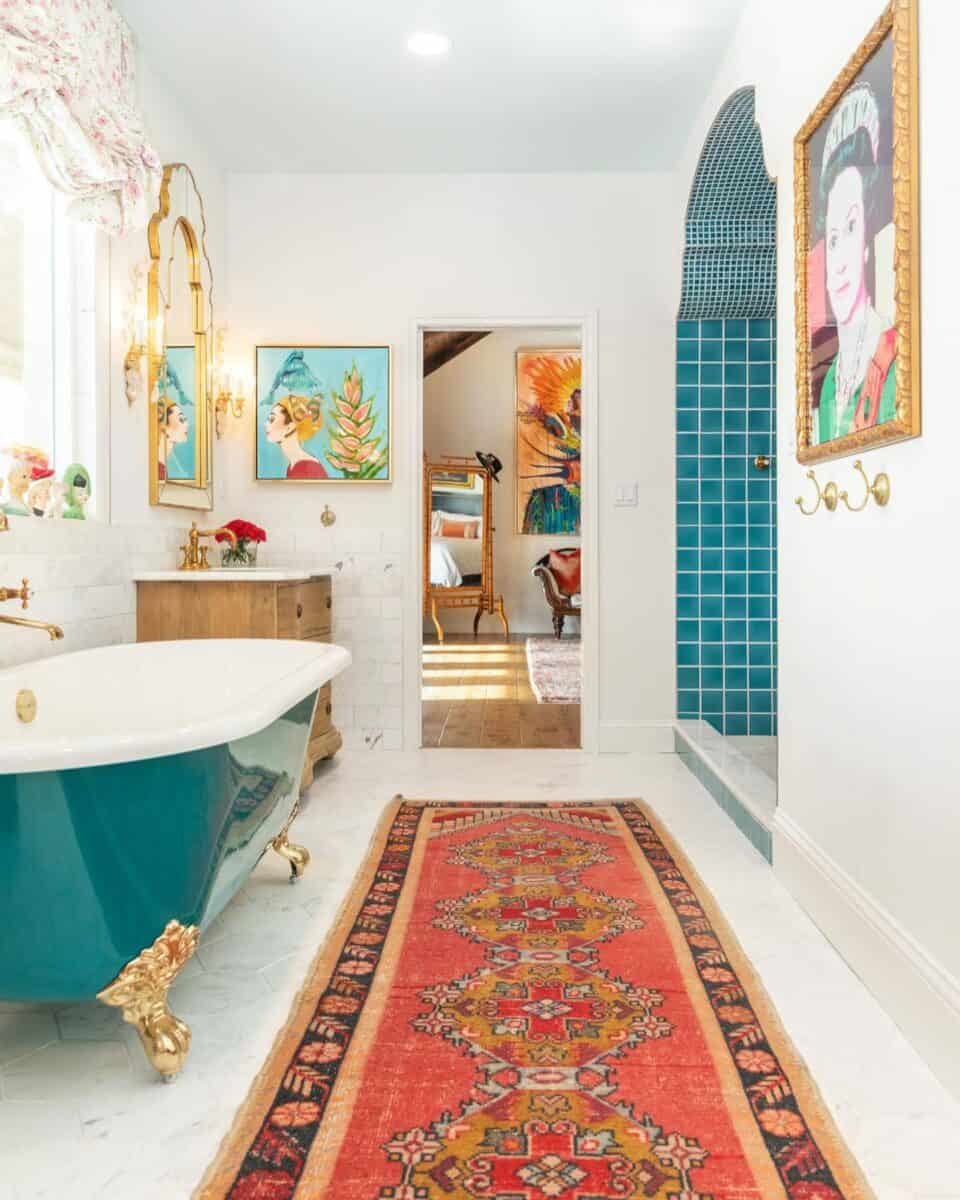
Water efficiency should be a priority in any bathroom design. Ignoring it contributes to higher bills and environmental impact.
Install water-saving fixtures like low-flow toilets and faucets to reduce consumption. Such choices are not only eco-friendly but also cost-effective in the long run.
Being mindful of water usage reflects a commitment to sustainability. Adopting efficient technologies ensures your bathroom is both modern and responsible.
By prioritizing water efficiency, you contribute positively to the planet while enjoying lower utility costs and a future-ready space.
9. Skipping Professional Help
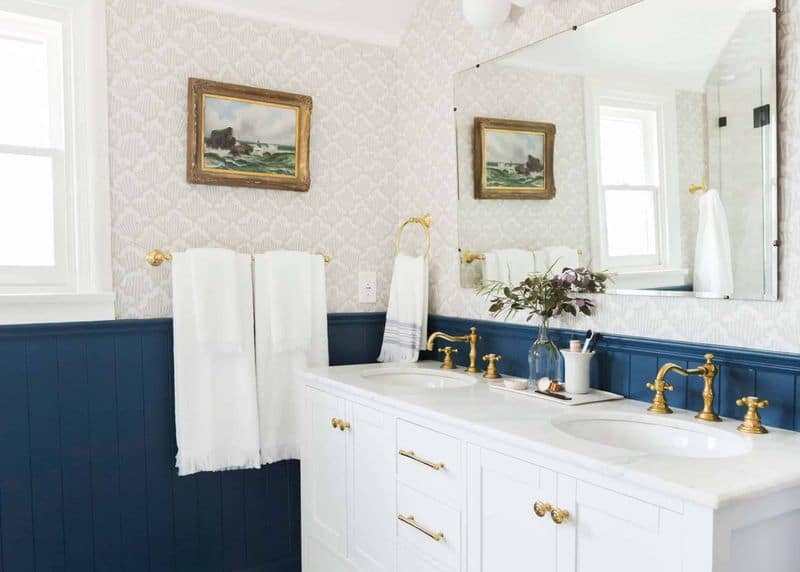
DIY projects can be rewarding but also risky without expertise. Skipping professional input may lead to costly mistakes and unsatisfactory results.
Experts provide insights and solutions tailored to your specific needs, often catching potential issues early. This can prevent expensive future repairs.
While professional help involves an upfront cost, it often saves money and stress over time.
Collaborating with experienced designers or contractors ensures a smooth process and a polished finish, achieving the bathroom of your dreams efficiently and effectively.
10. Ignoring Future Resale Value

When designing a bathroom, consider its impact on your home’s resale value. Choices that seem trendy now might not appeal to future buyers.
Opt for timeless designs and neutral colors that stand the test of time. Small updates can boost the appeal significantly.
Keeping resale in mind ensures your investment in the bathroom pays off, enhancing your home’s marketability.
Even if selling isn’t immediate, it’s wise to maintain broad appeal. A bathroom that balances personal taste with potential resale benefits is a smart long-term decision.

